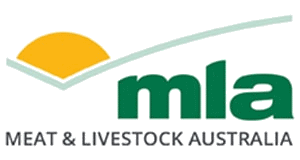How Does the Australian Red Meat Industry Compare Globally?
Earlier this week, MLA released the 2024 State of the Industry Report, a catch-all document on the economic importance of the Australian red meat sector and how we stack up against our global counterparts.
The report uses calendar and financial year data from 2023 to cover industry turnover, value add, number of businesses, employment and a detailed breakdown of the performance landscape of the beef, sheepmeat and goat sectors.
The value of red meat and livestock exports rose 3% to $18.2 billion in 2022–23.
In 2023, Australia was the second-largest beef exporter and the world’s largest sheepmeat and goatmeat exporter. Volumes of Australian beef and veal exports lifted 27% on 2022 totals. Sheepmeat exports were up 15%, creating the highest export figure on record, while goatmeat exports lifted an impressive 55%.
The United States (US) and China were both significant markets supporting exports during this period of high supply.
Goatmeat exports totalled 33,904 tonnes shipped weight (swt) in 2023, up 55% on the year prior. The US remains the largest destination for goatmeat, accounting for 42% of exports or 14,477 tonnes in 2023.
Australians are still some of the world’s largest beef consumers, ranked third behind Argentina and the US. Australia was also the largest sheepmeat consumer per capita in 2023, helped by the reduced retail price of red meat last year.
Over 400,000 people were employed through the sector, lifting last year alongside 76,999 red meat businesses, also up 3.2% on the previous year, indicating strength in the industry.
